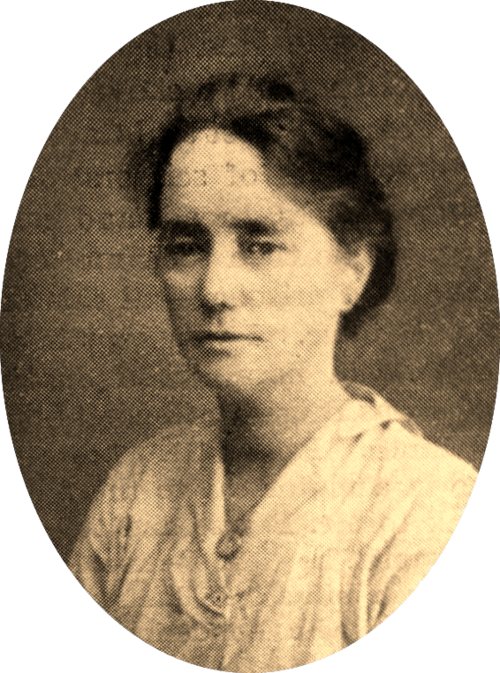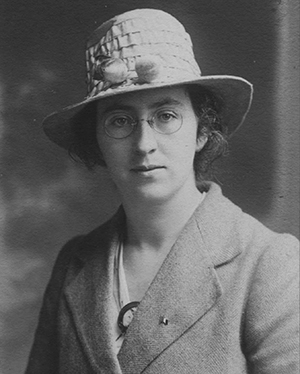The Forgotten Dream – Women of 1916 and the Ireland They Fought For
In 1916, a small group of women stood shoulder to shoulder with men in what they believed was the beginning of a new Ireland – one free from British rule, free from oppression, and free from inequality. Yet, those same women didn’t even have the right to vote. Imagine that. You risk your life for a country you don’t even have a democratic voice in. You shoot, run dispatches under gunfire, tend to the wounded, feed the rebels, smuggle weapons — but when the dust settles, you’re not invited to the table.
These women had huge dreams for Ireland. They weren’t naïve. They knew it wouldn’t happen overnight. But they believed in the radical idea that Ireland could be fairer — more just, more equal. That a Republic, once built, would not simply be a transfer of power from the empire to the Irish elite, but a complete transformation of society.
Yet here we are, over a century later, and we are farther from that dream than ever. In 2025, we’ve recorded the highest levels of homelessness in the history of the state. Over 15,000 people are without a home, and nearly 5,000 of them are children. Children. In a so-called Republic. The rich are getting richer, the poor are getting poorer, and every day more people are forced into poverty by soaring rents, a failed housing market, and government inaction.
Is this what they fought and died for?
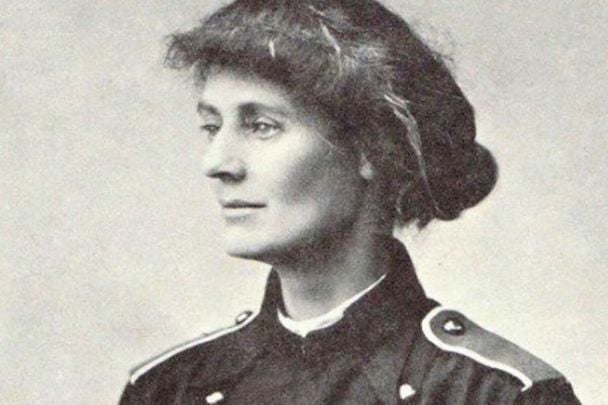
Perhaps the most famous of the women of 1916 is Countess Constance Markievicz – a woman born into wealth and privilege, who rejected it all to fight for a working-class Ireland. She fought alongside the men in Stephen’s Green, wielding a gun, not just ideas. Her quote lives on for a reason: “Dress suitably in short skirts and strong boots, leave your jewels in the bank and buy a revolver.” It wasn’t a metaphor. She meant it.
She wasn’t alone. There was Elizabeth O’Farrell, the nurse who walked bravely through the bullet-riddled streets to deliver Padraig Pearse’s note of surrender. A woman of quiet resolve, whose name and face were literally cropped out of history for decades, erased from the famous photo of the surrender to make it a man’s story.
Margaret Skinnider, a Scottish-born maths teacher, picked up a rifle and fought as a sniper on the rooftops during Easter Week. She was wounded in action, the only woman to be shot in the Rising. Her courage was unshakable. Yet years later, when she applied for a military pension, she was refused because, in the words of the Free State bureaucracy, military service was not “suitable to her sex.”
Rose McNamara, another fierce soul, remained politically active long after the Rising. She looked after the families of those imprisoned or executed. She resisted conscription. She kept the flame of the Republic alive when others were trying to snuff it out.
These weren’t just support acts in a man’s war. These were revolutionaries in their own right. They were fighting not just for an Ireland free from colonialism, but for an Ireland where women, and all people, could stand as equals.
Read the Proclamation of the Irish Republic and tell me it doesn’t sound like a manifesto for a better future:
“The Republic guarantees religious and civil liberty, equal rights and equal opportunities to all its citizens.”
Not just men. All its citizens.
These women weren’t just fighting for a flag or a border. They were fighting for dignity. For housing. For education. For healthcare. For children who wouldn’t go hungry. For an end to class division and patriarchy. They wanted to smash the systems that kept people, and particularly women, trapped in poverty and silence.
The Irish Citizen Army was perhaps the most progressive of all. Women had full membership. They carried weapons. They stood guard. They led. This wasn’t a tokenistic gesture. It was ideology in action, equality forged in the fire of armed resistance.
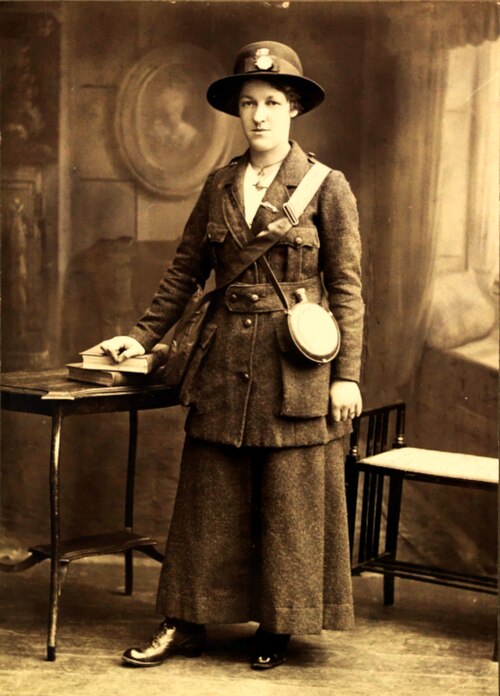 Cumann na mBan, the all-female auxiliary to the Irish Volunteers, moved under gunfire to carry dispatches, tend to the wounded, and keep the rebellion alive behind the scenes. Many risked their lives to smuggle weapons and food into rebel-held areas. They saw first-hand the horrors of war, and yet, after the fighting was over, they were pushed aside.
Cumann na mBan, the all-female auxiliary to the Irish Volunteers, moved under gunfire to carry dispatches, tend to the wounded, and keep the rebellion alive behind the scenes. Many risked their lives to smuggle weapons and food into rebel-held areas. They saw first-hand the horrors of war, and yet, after the fighting was over, they were pushed aside.
A State That Forgot Its Revolutionaries
What did the women of 1916 get in return for their sacrifice? Most of them, like the working-class men they fought beside, got very little. Many were denied pensions. Their contributions minimised or outright erased, and once independence was secured, the new state, dominated by conservative, church-aligned politics, began to roll back on everything they had hoped for. Sound familiar?
Ireland didn’t become a land of equals. It became a place where women were constitutionally confined to the home, where unmarried mothers were shunned, where Magdalene Laundries flourished, and where poverty was quietly managed rather than eradicated.
It took until the lead-up to the 2016 centenary for these women to be even halfway recognised. Their stories were buried beneath the heroic myth-making of the male martyrs. But they were there. Their voices and their vision were as central to 1916 as any mans.
Now, in 2025, we must ask ourselves, what kind of Republic have we built?

The gap between rich and poor in Ireland has never been greater. We have billionaires buying up our housing stock while families live for months, sometimes years, in hotels or temporary accommodation. Workers can’t afford to rent in the cities they keep running. Children are growing up in places with no kitchen table to do their homework on.
What would Constance Markievicz say, looking out across the city she once fought to liberate, and seeing tent encampments under canal bridges? What would Elizabeth O’Farrell think of a country where nurses like her have to strike to be able to afford rent? What would the women of 1916 say to a government that hides behind “market forces” while people freeze on waiting lists for homes, hospital beds, and help?
It’s not enough to put up statues or name a plaza after these women. Commemoration without action is empty. If we truly want to honour their legacy, we must take up the cause they risked everything for, equality. Not just in principle, but in practice.
That means fighting for housing as a human right. It means taxing the wealth hoarded by the few to care for the many. It means dismantling the systems that keep women, children, migrants, and the working class on the margins.
It also means holding the powerful to account when they fail to protect the most vulnerable. The Ireland these women envisioned would never have tolerated children growing up homeless, or families choosing between heating and eating.
We are living through a national crisis of inequality, and we cannot solve it by looking away. We must look back to those women who believed in something better, and ask ourselves, are we brave enough to finish what they started?
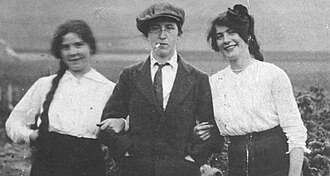
Ireland doesn’t need more patriots. It needs more revolutionaries, the kind that show up not with guns, but with bold ideas and uncompromising values. The kind who believe that every child deserves a home, that healthcare shouldn’t bankrupt you, and that dignity isn’t something you earn, but something you are entitled to by virtue of being human.
The women of 1916 believed in that kind of Ireland. While they didn’t get to vote for it, they fought for it all the same.
Maybe now, over a century later, it’s finally time we listened.
Join me on LinkedIn
Subscribe to The FEMCAST and help us bring these critical stories to light. Each listener, each voice, and each story makes a difference. Together, we can break the silence.
If you enjoy my content and would like to support our research and work, consider buying me a coffee (by clicking links below). Your contribution helps me continue creating this content. Thank you for your support!


